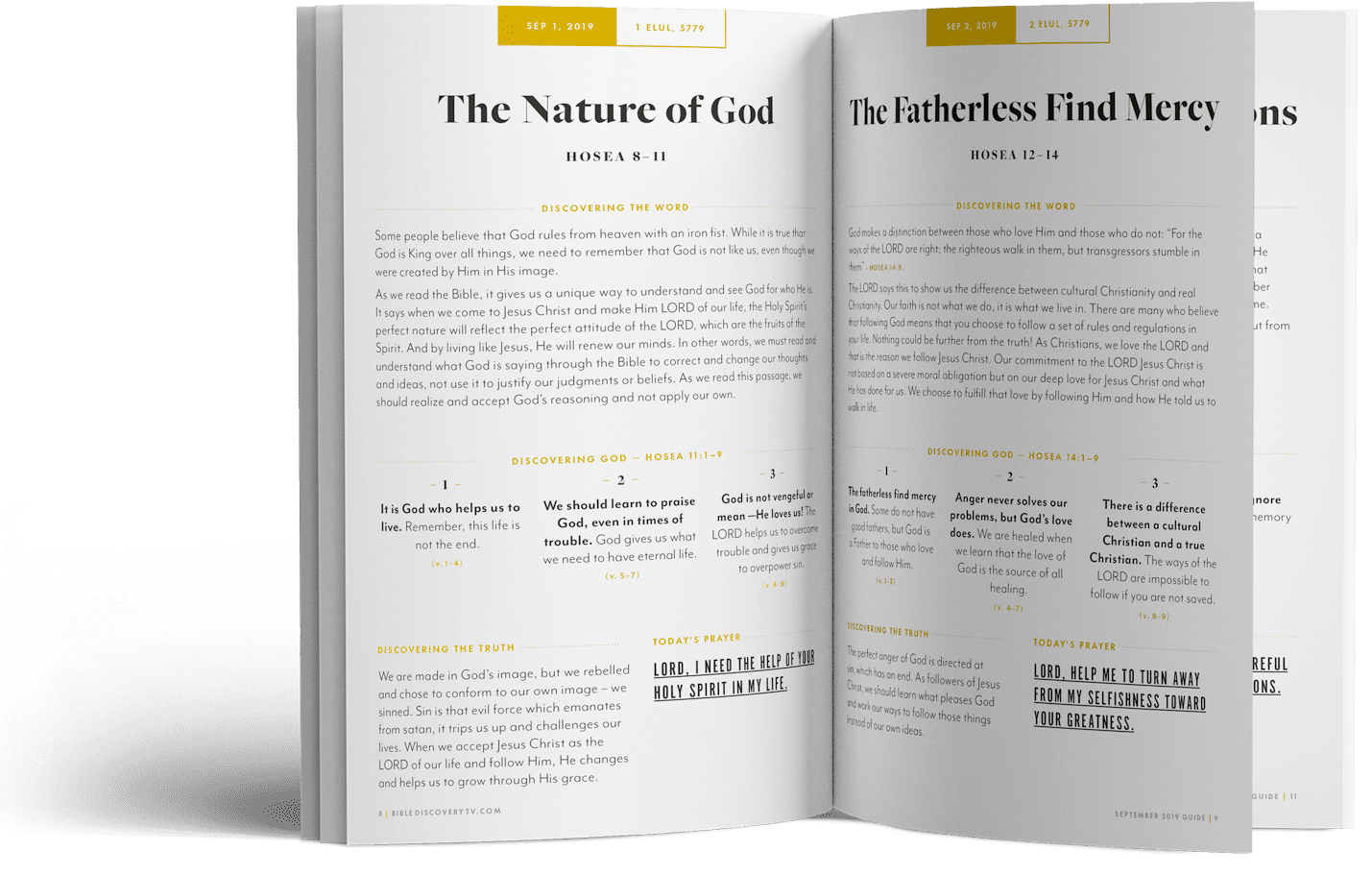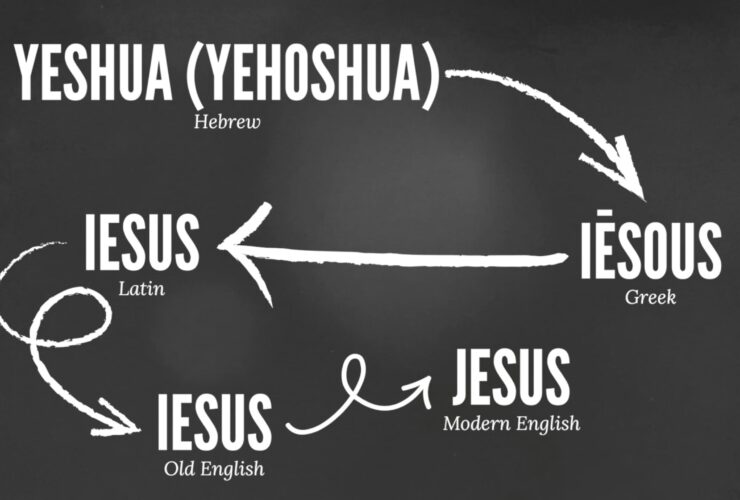The books of the Old Testament, were written over a period of about 1500 years, and while the authors varied greatly in age and social status they all shared one thing in common; public recognition as a prophet of God––some by profession and others by a temporary gift. But there are other ancient books whose origins and standing are not as clear, now called the Old Testament Apocrypha.
Since the 1500s, the Catholic Church has officially accepted them as a part of their Bible, claiming divine inspiration and authority alongside the 39 original Old Testament books, while Protestants side with ancient Judaism in rejecting them as a part of the Scriptures, though often still recognizing their worth as supplementary material. Even though both positions hold the apocrypha in a respected light, the conclusions are very different. If the Old Testament Apocrypha is Scripture, then we are free to develop teachings about God and the church from it. However, if it is not equal to Scripture, then it does not have authority to create new teachings or to modify teachings found in Scripture. Either it is authoritative or it is not. And this conclusion accounts for many of the differences between Catholicism and Protestant Christianity.
A main issue is whether or not it has been accepted as Scripture by the majority of the church, through time. While Christian history clearly portrays a split, as perfectly exemplified by our current day and age, there are many who argue that it was accepted in New Testament Christianity.
“It was also about these that Enoch, the seventh from Adam, prophesied, saying, “Behold, the Lord comes with ten thousands of his holy ones…””
Jude 1:14
The New Testament does allude to some of the Old Testament Apocrypha (Hebrews 11:35, 2 Timothy 3:8), and even in one case quotes from an apocryphal book (Jude 14-15). The New Testament authors also quote from pagan poets of their day (Acts 17). Referencing a truth in culture is not the same thing as claiming Divine Inspiration for the culture. So, too, with the Old Testament Apocrypha, some of its books were undoubtedly a part of New Testament culture, but allusions to truths in them does not mean an overall approval of their content, nor is it a claim of divine inspiration. Often when the New Testament quotes from the Old Testament the formula, “It is written….” and “the Scriptures say….” is used. This formula is never used of the apocrypha. Many of the Early Church Fathers also loved and used the Old Testament Apocrypha in their teaching and preaching, while others refused to. So this area of study can’t solve the debate either.
One of the most famous councils in history is the Council of Trent in 1546 when the Roman Catholic Church declared the Apocrypha Scripture. But history warns us that this may have been a reaction to the newly formed and rapidly growing Reformation movement, who argued against teachings grounded only in the apocrypha.
Wherever you land in the debate, all can agree that the 39 books of the Old Testament are older, have enjoyed permanent acceptance, and are useful for all kinds of learning and teaching. And while the debate persists, all can agree that the Old Testament Apocrypha does have cultural and spiritual value, the debate is over just how much.

Corie Bobechko is a daily co-host, speaker, and writer of Bible Discovery. She also hosts a YouTube channel that shows how history and archaeology prove the Bible. Her heart for seekers and skeptics has led her to seek truth and share it with others. Corie also has a Bachelor of Theology from Canada Christian College.






